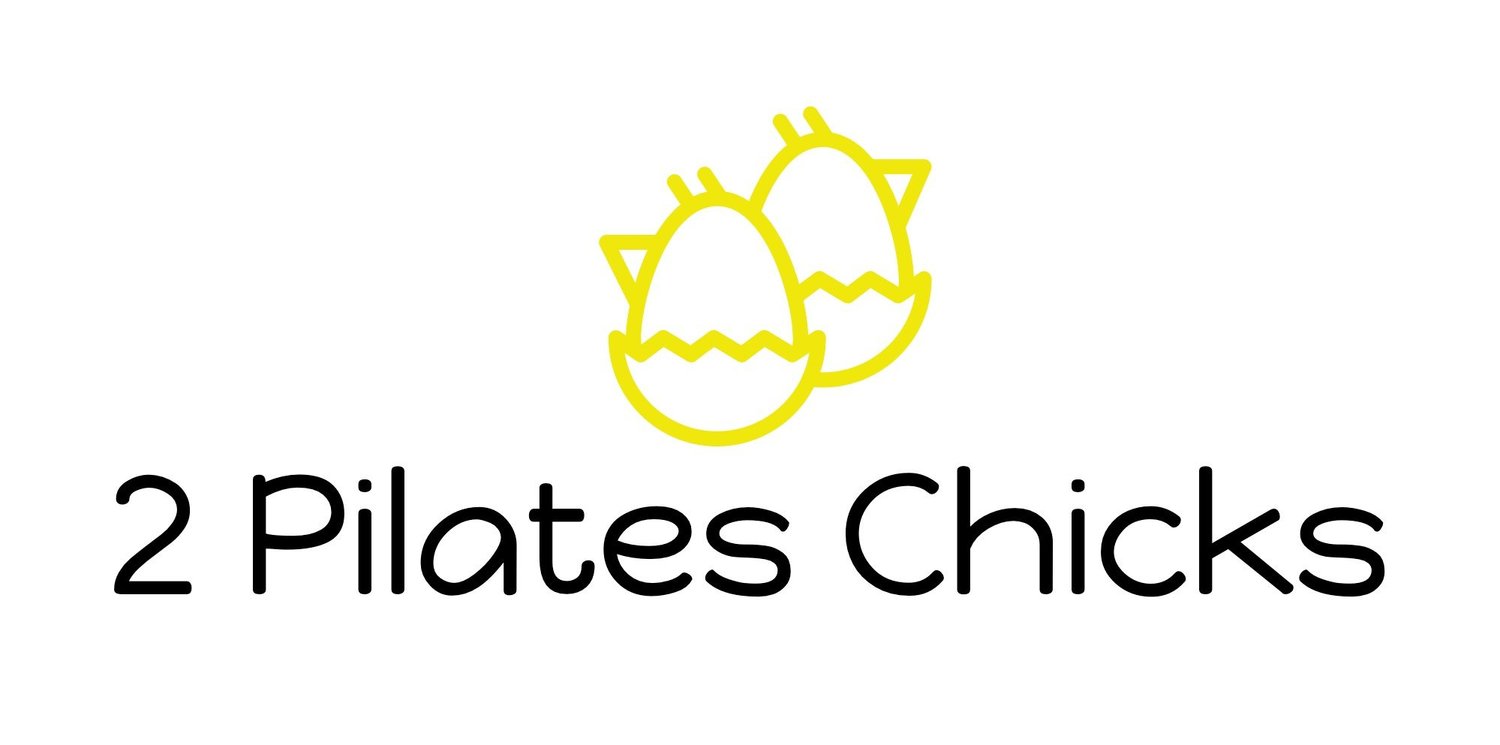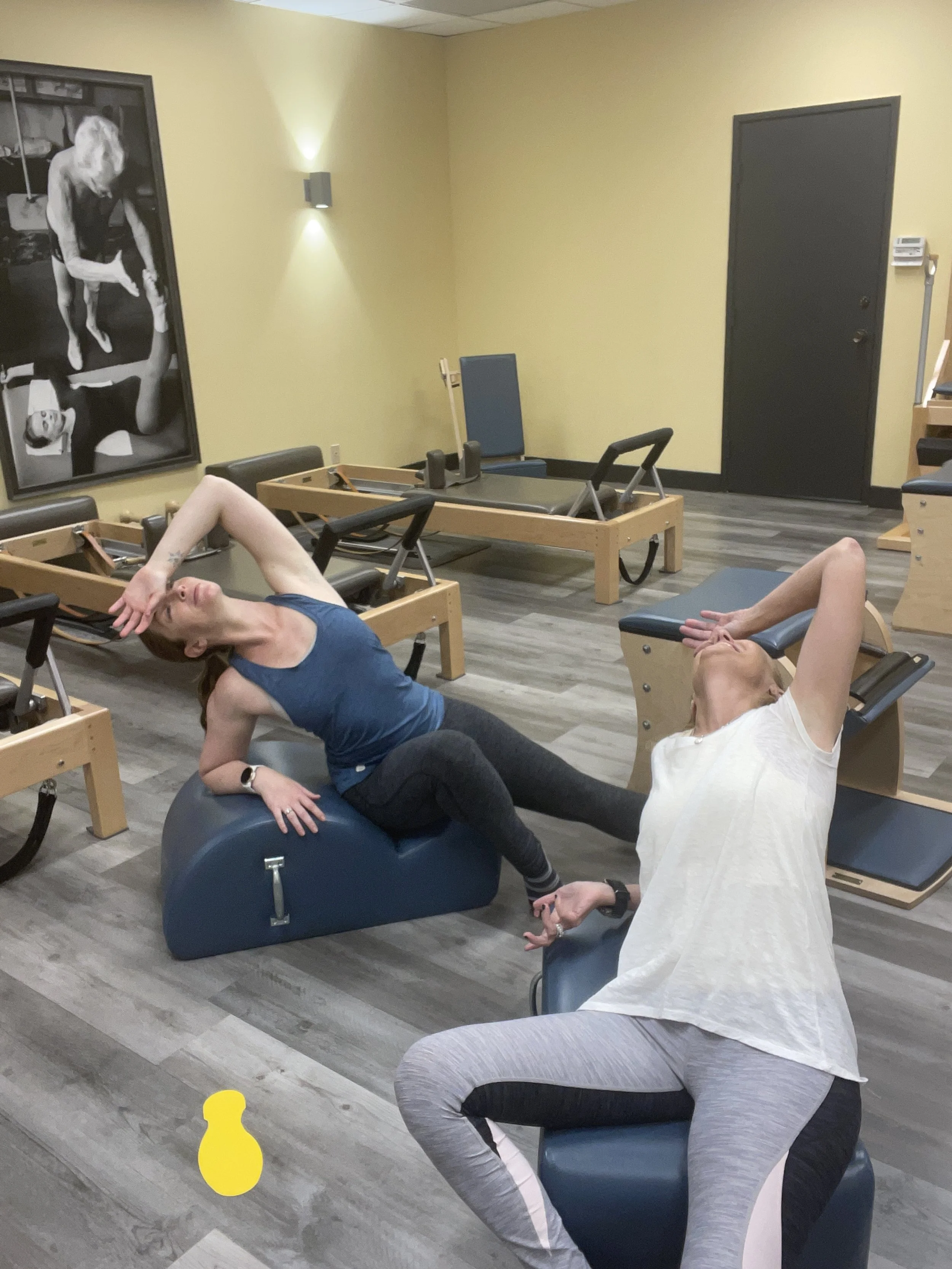When is it time for continuing education for Pilates teachers?
When is it time for continuing education as a Pilates teacher? What signs emerge showing it's time to find workshops or participate in deep dives? How important is it to do continuing education throughout a teaching career?
In Season 6 Episode 4, “Continuing Education for Pilates Teachers”, we discuss the importance of continuing education throughout one's career.
Currently, in the Pilates industry, certified teachers hold an NPCP credential. In order to maintain proper credentials teachers must do a minimum of 16 CECs biannually. Not only is it important for teachers to maintain a current Pilates certification, it's vital that teachers stay up-to-date in their practice. Finding workshops, courses, specialized classes, and lectures that provide continuing education units helps us maintain our certifications and continue to deepen our skills throughout our careers.
Teachers in any subject matter should always also be students. It is vital to always keep learning to stay engaged, continue to be inspired, update our knowledge, and maintain an evidence-based practice to keep our clients safe, engaged, and inspired as well.
The human body is complex, and our understanding of movement science and biomechanics is constantly expanding. New research, evolving techniques, and innovative approaches to Pilates are continually emerging. Continuing education ensures that we stay abreast of these developments, offering us the tools to provide the most effective and up-to-date instruction.
Pilates is a dynamic and evolving discipline. While the initial teacher training certification provides a strong foundation, the journey of a Pilates instructor is one of continuous learning and refinement. In order to be an effective teacher we must build critical thinking skills to apply all the knowledge we gain from initial certifications and continuing education to the individual client needs and situations.
Benefits of Continuing Education for Pilates Teachers:
• Deepen your Knowledge:
○ Workshops and courses often focus on specific areas of Pilates, such as working with special populations (e.g., prenatal, post-rehab), advanced repertoire, or specific equipment. This allows you to specialize and expand your expertise beyond the basics.
○ You can gain a deeper understanding of anatomy, biomechanics, and kinesiology, enabling you to provide more informed and effective instruction.
• Refine your Teaching Skills:
○ Continuing education provides opportunities to observe and learn from experienced instructors, gaining valuable insights into cueing, progressions, and modifications.
○ You can refine your observation skills, enabling you to identify individual client needs and tailor your instruction accordingly.
• Expand Your Repertoire:
○ Workshops introduce you to new ways of thinking about exercises, variations, and equipment, learning the deeper purpose of the movement style.
○ Learning advanced repertoire can challenge your practice and inspire you to push your boundaries.
• Stay Motivated and Inspired:
○ Connecting with other Pilates professionals in a workshop setting can be incredibly motivating and inspiring.
○ Learning new techniques and approaches can reignite your passion for Pilates and revitalize your teaching.
• Meet Continuing Education Requirements:
○ Accredited certifications require teachers to complete a certain number of continuing education hours to maintain their credentials.
• Specialized Knowledge:
○ Workshops might focus on specific populations, such as those with scoliosis, osteoporosis, or other medical issues. This allows the instructor to have a deeper understanding of how to work with these clients safely and effectively with up-to-date understanding.
Types of Continuing Education Opportunities:
• Workshops:
○ Short, focused sessions over one day or a few days that dive into specific topics or techniques.
○ Often hands-on, providing practical experience and immediate application.
• Courses:
○ Longer, more in-depth programs that build upon existing knowledge.
○ May involve theoretical and practical components or new certifications or degrees.
• Conferences:
○ Large-scale events that bring together Pilates professionals from around the world.
○ Offer a variety of workshops, lectures, and networking opportunities.
• Online Learning:
○ Flexible and convenient options for continuing education.
○ Allow you to learn at your own pace and from the comfort of your own home.
• Mentorships:
○ Working one-on-one with a more experienced teacher.
○ Provides personalized feedback, and specific to your teaching style.
Choosing the Right Continuing Education:
• Consider your goals:
○ What areas of teaching or Pilates subject matter do you want to improve or focus on?
○ What populations do you want to work with?
• Research reputable providers:
○ Look for workshops and courses offered by experienced and qualified instructors.
○ Check for accreditation and certification.
• Read reviews:
○ See what other Pilates teachers have to say about the workshops and courses you are considering.
• Consider your budget and schedule:
○ Choose continuing education opportunities that fit your financial and time constraints.
Investing in yourself as a Pilates teacher through continuing education is an investment in the quality of instruction you provide to your clients. By staying curious, open to learning, and committed to professional development, you can elevate your practice, deepen your understanding, and make a lasting impact on the lives of those you teach.






